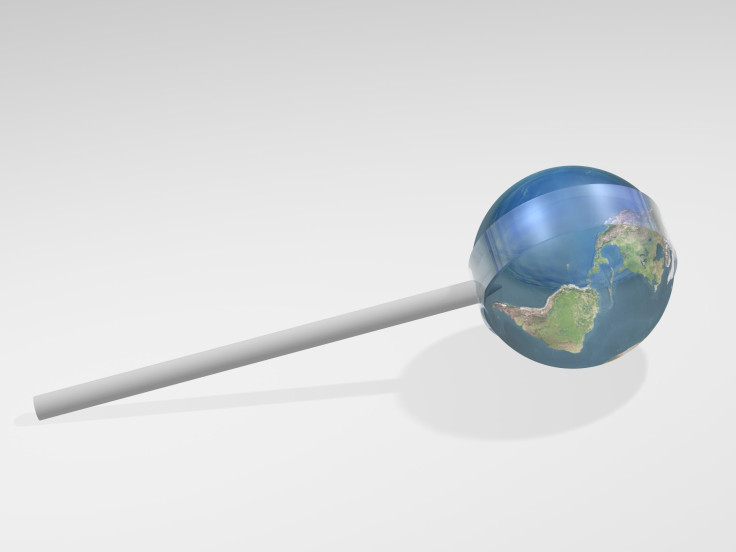WHO Sugar Guidelines Challenge Humans To Live Healthier By Limiting Intake To 10% Of Diet

Grab a pair of pliers, because you won’t be needing that sweet tooth anymore if you want to follow the rules. The World Health Organization (WHO) has just released new sugar guidelines that are some of the strictest to date, in desperation of making a worldwide difference in a sugar-obsessed society.
The new sugar rules for the world will limit a person to eating up to 10 percent of a day's calories in sugar, or in easier terms to understand, roughly 12 teaspoons less. Originally WHO wanted the official guideline to cut people off at five percent, and it still strongly urges people to keep it there, but the organization was realistic about a person's ability to cut back that much in a world of packaged goods and fast food.
“We have solid evidence that keeping intake of free sugars to less than 10 percent of total energy intake reduces the risk of overweight, obesity and tooth decay,” said Dr. Francesco Branca, director of WHO’s Department of Nutrition for Health and Development, in a press release. “Making policy changes to support this will be key if countries are to live up to their commitments to reduce the burden of noncommunicable diseases.”
Currently, worldwide sugar intake varies by country and age, but only adults in Hungary, Norway, and rural communities in South Africa hover below the 10 percent mark. However, adults in Spain and the UK, and children in Denmark, Slovenia, Sweden, and Portugal all range in sugar intake between 12 to 25 percent.
The new guidelines are based on two different analyses from more than 120 scientific studies pointing toward the sourest true—humans are eating too much sugar. Don’t mistake it for the naturally occurring sugar found in fresh fruits, vegetables, and milk, because there is no reported evidence that shows harmful or adverse effects in consuming these sugars. Most of the sugars consumed today are laced into processed foods and hidden in unsuspecting places, such as ketchup, yogurt, and salad dressing.
"Actually it is very easy to exceed the recommendation of 12 teaspoons," Branca said, "If you think of having maybe a bowl of breakfast cereals in the morning, then maybe you have a can of soda sometime during the day, then you have for dinner a sweetened yogurt, you are already above the 10 percent. You are already at approximately 15 teaspoons."

The 10 percent or less rule was actually recommended for the first time in 1989 and was further built upon by WHO in collaboration with the Food and Agriculture Organization of the United Nations in 2002. It was only last year when WHO first announced the five percent sugar limit, but countries agreed it was too stringent to follow and doubled it. WHO is still pushing for people to go the next step by limiting it to less than five percent of total calories, but it equals to about 6 teaspoons a day, which is only a fraction of what people are actually eating today.
Years ago, the American Heart Association began recommending 6 teaspoons as the limit for women and 8 as the limit for men because of the health implications. People are living a sedentary lifestyle. Couple that with a poor diet and it’s no wonder why more than one-third of America is obese and at risk for heart disease. People across the globe will have to start paying attention to sugar labels and know what's going in their body if they want a healthier life for themselves and their family.
The typical American, for example, consumes 23 teaspoons of added sugars every single day — that’s an additional 385 calories consumed from sugar alone. If you drink just one 20-ounce can of soda, you’ve already gone over your daily limit and hit 15 teaspoons of sugar, according to the Center for Science in the Public Interest. You’d have to walk for an hour-and-a-half, play basketball for an hour, and bike or run for at least 45 minutes to burn that sugar intake off.
If the world pays attention and tries to follow the guidelines this time, humans have a greater chance at a higher quality and quantity of life — isn’t that sweet enough?



























